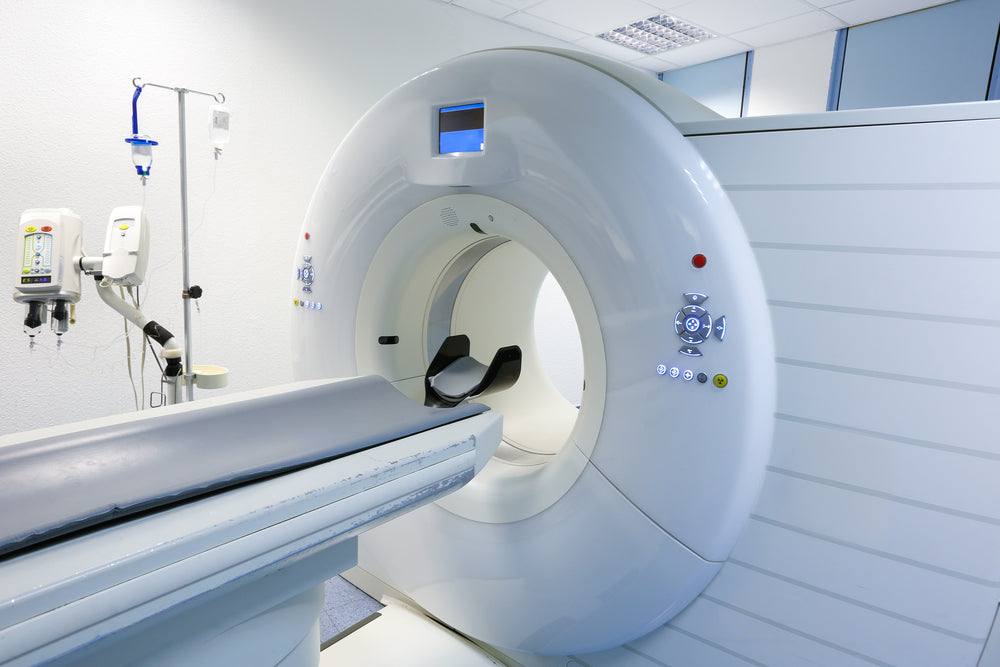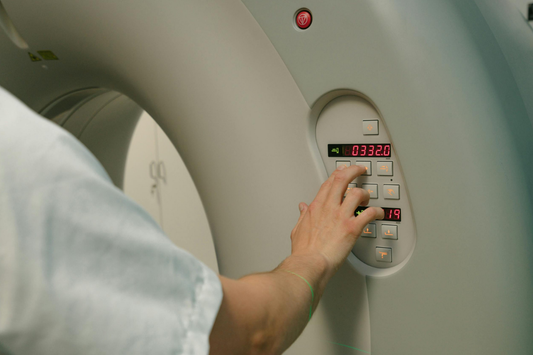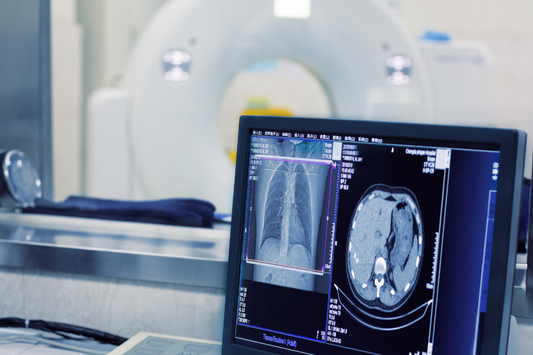
Analyzing the Impact of a Defective Source Loader on CT Imaging
Share
CT scanners are essential medical imaging tools that provide detailed cross-sectional images of the body. Each component plays a crucial role in the accurate functioning of the scanner, including the source loader.
However, when a source loader malfunctions, it can significantly impact the quality of CT imaging. Here, you can learn more about the consequences of a defective source loader (part number 2356873 from Sigmed Imaging).
Increase in Noise Levels During the Scan
One noticeable effect of a faulty source loader is increased noise levels during CT scans. The loader's malfunction can introduce additional vibrations or mechanical disturbances, leading to unwanted image artifacts.
These artifacts manifest as random pixel variations or streaks, hampering the diagnostic accuracy of the scans. The source loader, part 2356873, must undergo regular maintenance and quality checks to prevent such disturbances.
Poor Image Quality Due to Malfunctioning Source Loader
A defective source loader can cause poor image quality, affecting the diagnostic capabilities of the CT scanner. Misalignment or improper loading of X-ray sources can result in blurred or distorted images, making it challenging for radiologists to interpret the findings accurately. In the case of the source loader, part number 2356873, it is crucial to ensure that it functions optimally to maintain high-quality imaging standards.
Unexpected Shutdowns of the CT Scanner
Malfunctioning source loaders can trigger unexpected shutdowns of the CT scanner, disrupting patient examinations and workflow. These sudden interruptions can lead to delays in diagnosis and treatment decisions.
To prevent such disruptive incidents, it is essential to address any issues promptly, especially when dealing with critical components like part number 2356873, the source loader.
Unreliable Readings from the CT Scanner
A defective source loader may result in incorrect loading of X-ray sources, leading to unreliable readings during the CT scanning process. Inaccurate positioning or incomplete loading can introduce inconsistencies in the data acquired, compromising diagnostic accuracy.
Regular inspections and maintenance, including verifying the correct functioning of the source loader, can help mitigate these risks and ensure reliable readings.
Difficulty in Controlling Radiation Doses
Precise control of radiation doses is crucial to protect patients from excessive exposure. A malfunctioning source loader can make it challenging to regulate radiation doses. Incorrect loading or inconsistent emission from the X-ray sources can put patients at risk. Maintaining integrity is essential for precise dose management.
Mitigating the Impact of a Defective Source Loader on CT Imaging
A defective source loader, part number 2356873, can have several adverse effects on CT imaging. Some of the consequences are increased noise levels, poor image quality, unexpected scanner shutdowns, unreliable readings, and difficulties in controlling radiation doses.
To ensure optimal CT imaging performance, it is crucial to regularly inspect, maintain, and address any issues related to the source loader. By prioritizing the proper functioning of this part and other critical components, healthcare providers can uphold the highest standards of patient care and diagnostic accuracy in CT scanning.



